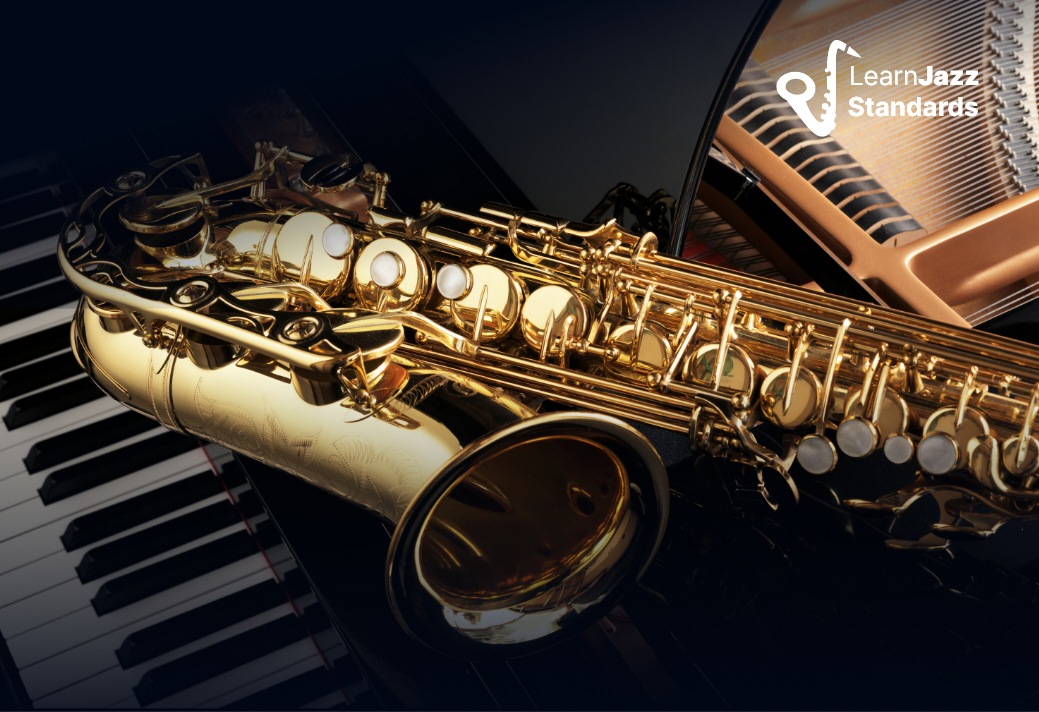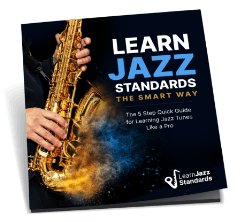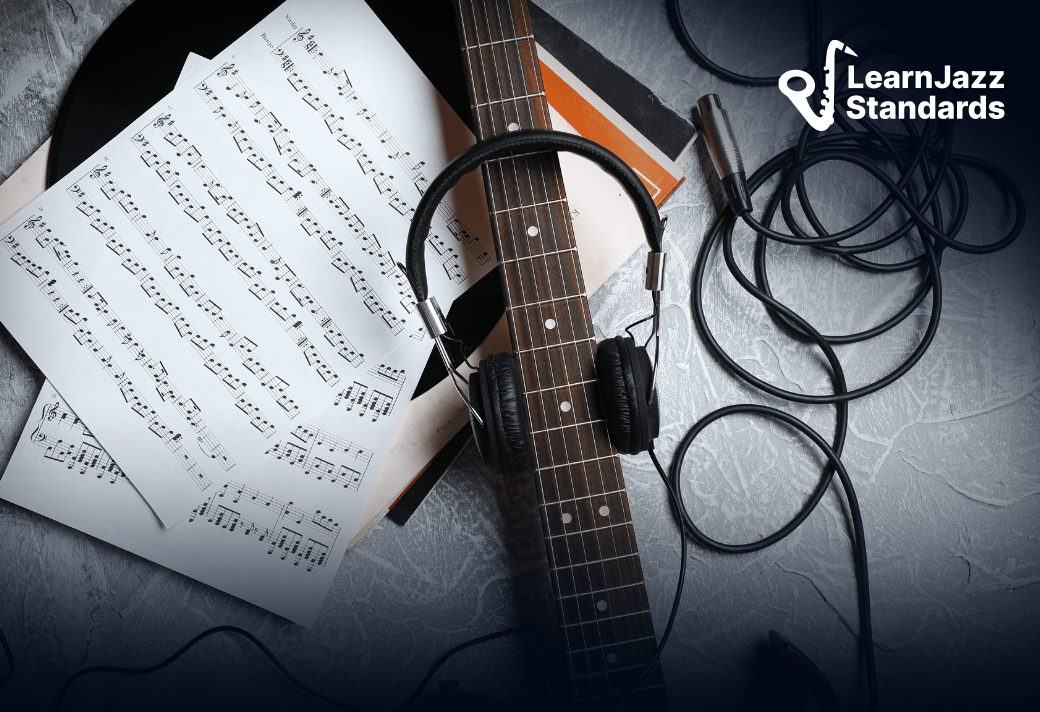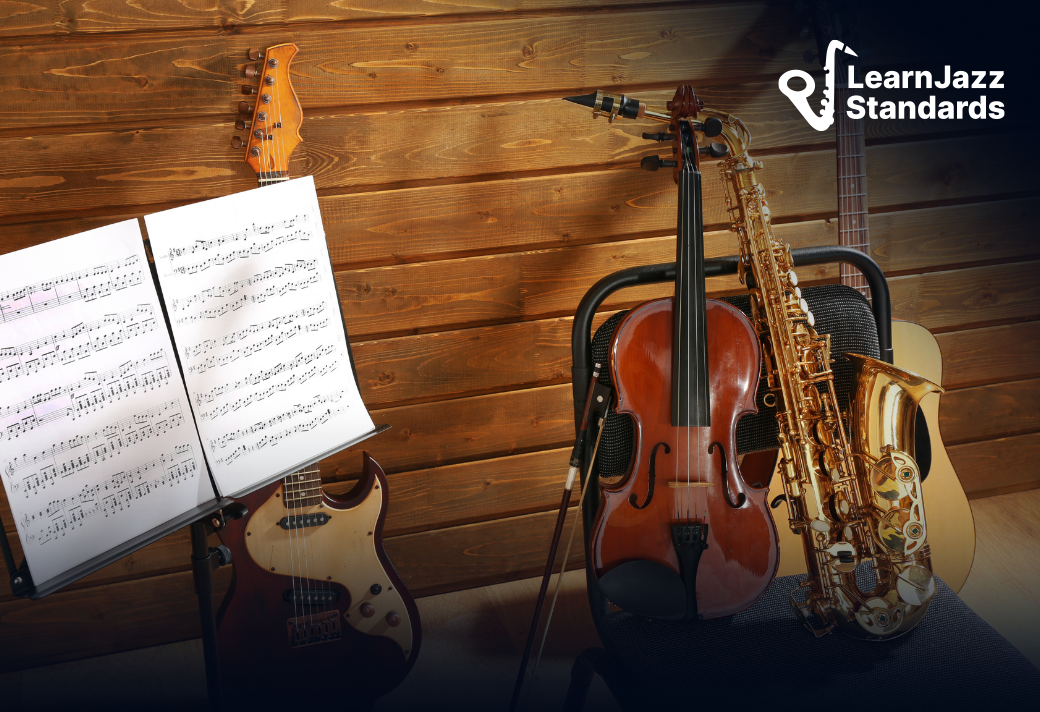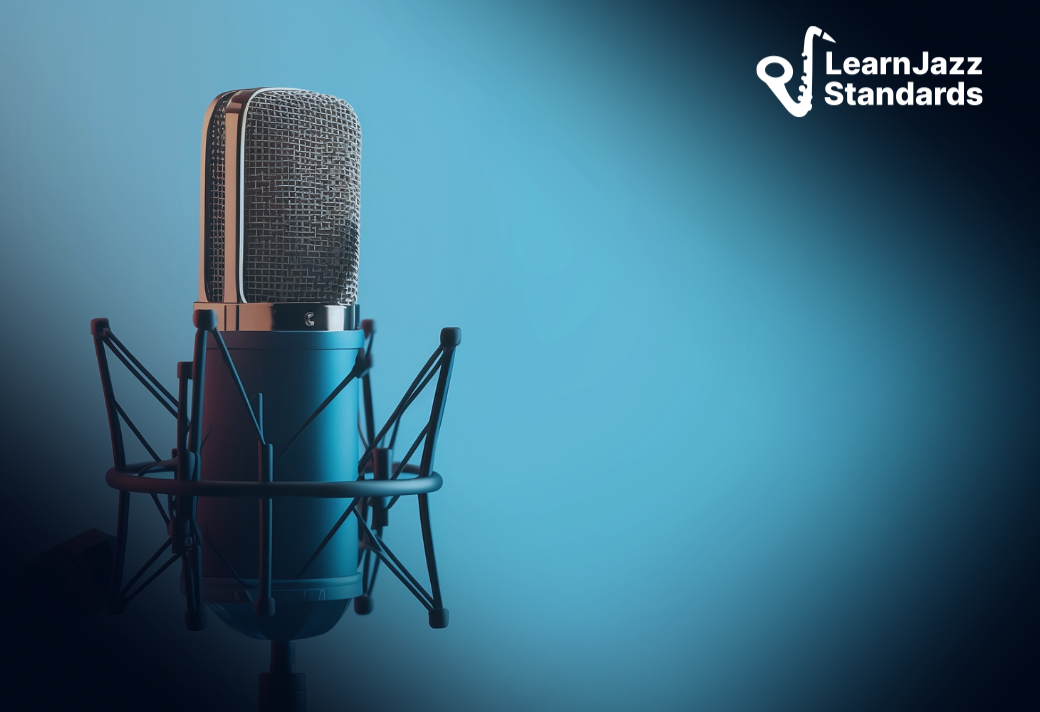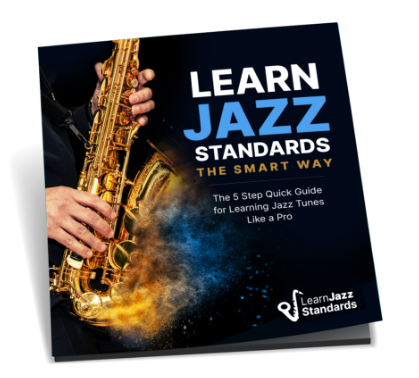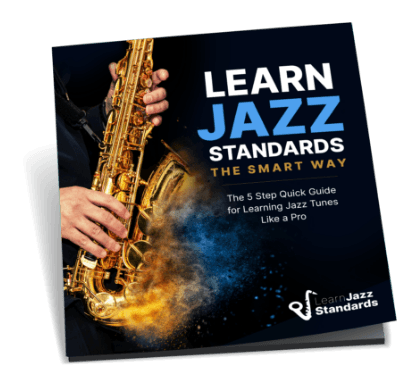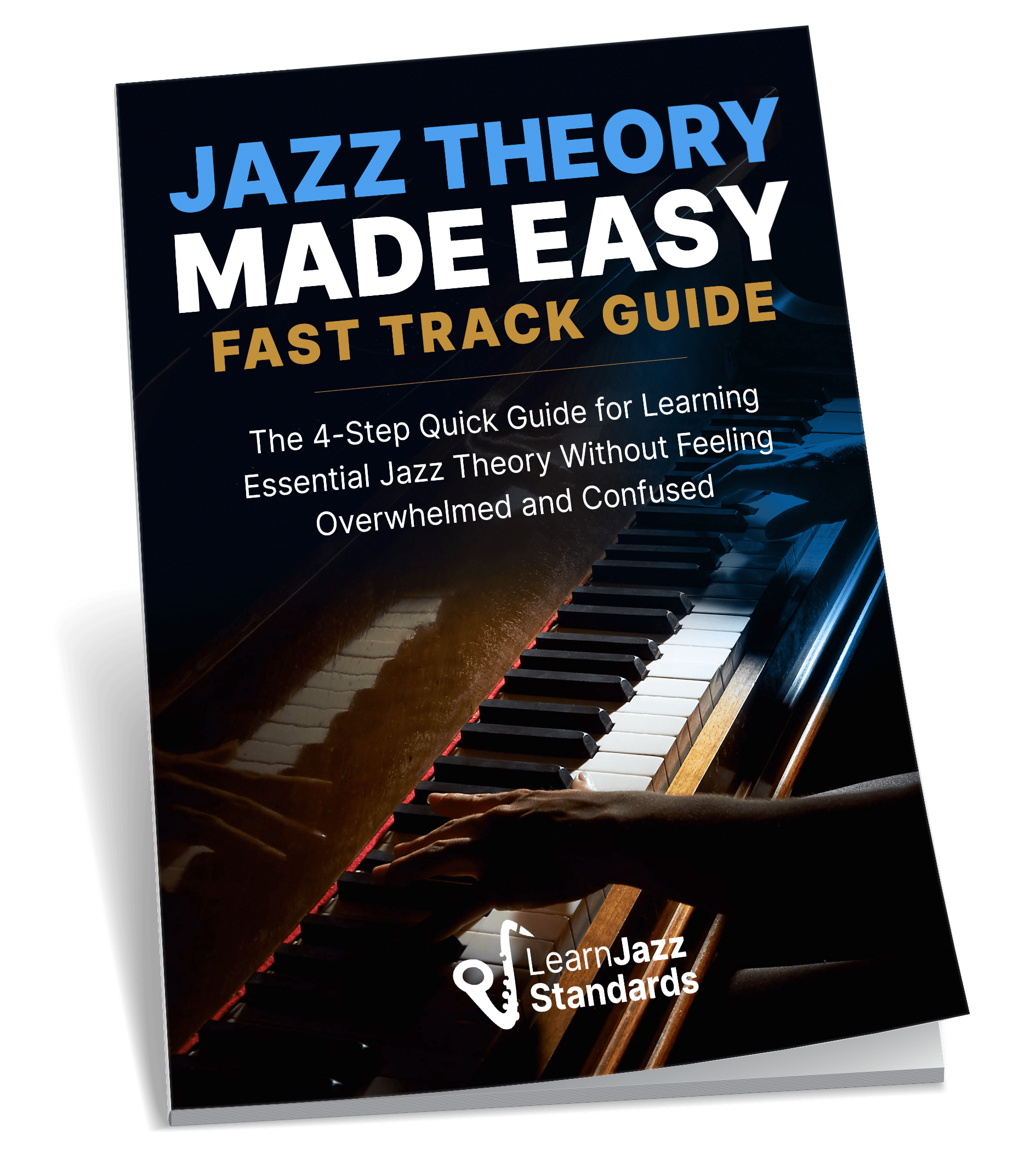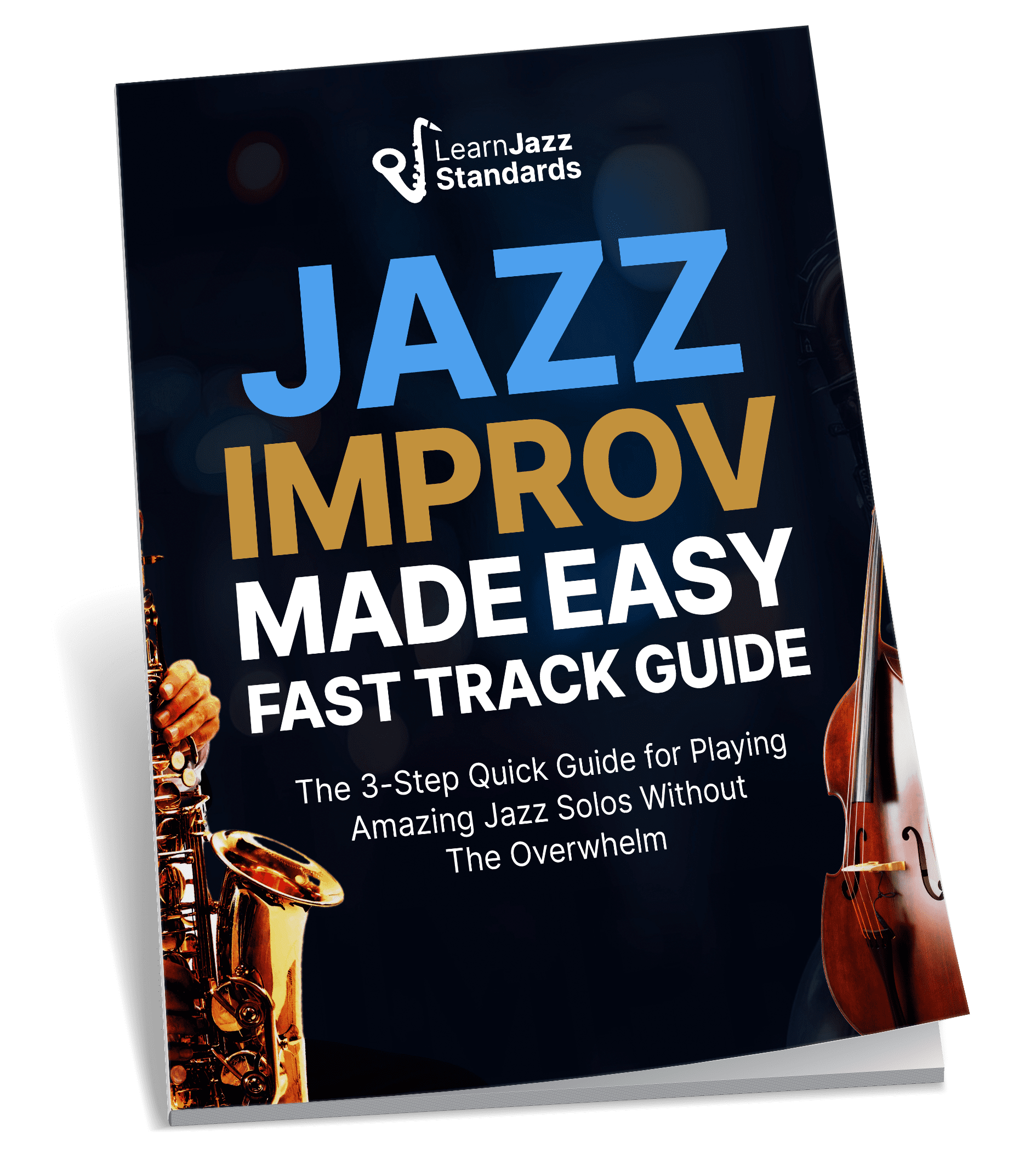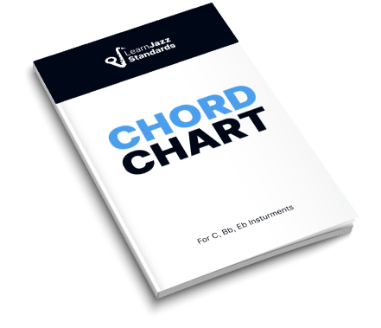Sami Bronowski is a young saxophonist based in New York City. Born in London, he grew up in the UK, France and Israel. His cosmopolitan background made him feel at home right away when he moved to NYC in early 2010, to attend the New School for Jazz and Contemporary Music. Last Spring Bronowski brought his quartet to Dizzy’s Club Jazz at Lincoln Center. He performs regularly in the city, both as a leader and a sideman. We asked Bronowski to answer a few questions for us.
Why did you begin studying music?
Well, it wasn’t exactly a free decision on my part. I started out on violin at age 3. A violin was handed to me before I could even articulate a sentence. I switched to saxophone at 12 and that was definitely a free decision. I heard someone playing the saxophone in the street in Paris. It was in the Montmartre area, I remember it very well. I fell in love with the sound instantly. I also remember that this musician was playing with bass and drums, and how drawn I was to the feeling of swing. To this day sax, bass and drums is my favorite instrumentation and I am still in love with the feeling of swing.
Who are some of your influences?
On the saxophone, Sonny Rollins and Stan Getz. Those two resonate with me in special way. In a way they are two opposites, but if you have a little bit of both in you you pretty much have the entire gamut of human emotion. Of course I have tremendous love for many other great saxophonists. Just to name a few: Arnett Cobb, Don Byas, Johnny Griffin, Benny Golson, Clifford Jordan, Gerry Mulligan. Other major influences are pianist Errol Garner and vocalist Anita O’Day. They know how to get to the essence of a song while making it completely their own. Also, they have a strong tendency to swing.
What are your thoughts on what it takes to be successful as a performer?
Obviously, performing goes beyond being proficient at your instrument. For every performer it is something else, there is no secret recipe. It has to do with understanding who you are and how you connect with your fellow human beings. What are you trying to say to the audience? How do you want to make them feel? For me personally, I find humor to be essential, especially as a jazz musician, because people tend to see jazz as very serious music. But when you watch, say, a video of Errol Garner, although he is playing some very complex music, when you look at him, and even when you just listen, you can’t escape the feeling that the whole thing might be a big joke. Jazz is inherently ambiguous. The humor in Sonny Rollins’ playing is well-known ; I’m not talking about sophisticated musical “private jokes” that only musicians could understand. I’m talking about the way he would make a whacky duck-like sound in between two masterful bebop lines. It’s like a little ironic comment on himself: he’s reminding us that he’s never taking himself too seriously.
The other thing for me that is essential to me is to communicate the meaning of the songs, especially if I’m not playing with a vocalist. I listen to songs from the Great American Songbook constantly, so when I play a song like “Penthouse Serenade”, in my mind I’m already high up in the sky hovering above Manhattan ; or when I play “All of You”, I’m thinking about the strange ways in which a romance can become a sick game of domination (laughs). But how can I expect the audience to feel this, especially now that a lot of these songs are unknown? Of course you can leave it all to the mystery of the music, but it’s nice to give some context, plant the scene. These songs have so many layers to them, and sometimes instrumental versions water them down. It’s a shame. In this regard vocalists are endless inspiration for any instrumentalist.
Do you write music? Where do you get your inspiration?
I do, and I find inspiration everywhere: music, books, films, visual art (if I remember to wear my glasses), people I love, people I hate! Seriously, inspiration is everywhere, inspiration is in ourselves. The challenge is to know how to make ourselves available to it. Easier said than done, I know! The music I write tends to sound very different from the standards I enjoy playing, so it is difficult for me to do the usual mix of “originals and standards” that musicians often present. There are, to a certain extent, two separate worlds and I have yet to find a way to perform both in the same concert.
What are your goals musically for the future?
Keep playing the songs I love, play more and for more people!
When can we hear you next?
I’m playing with my trio on the December 19th at Jeanne&Gaston, a great French restaurant downtown where I often play on Thursdays. David Wong will be playing bass and Ben Zweig will be on drums. We’re paying a tribute to the moon. Yes, the moon: How High the Moon, When the Moon Turns Green, What a Little Moonlight can Do, Fly me the Moon etc. The moon has always been a big source of inspiration for me. And for those who were wondering, we’ll only be playing the second half of the song “East of the Sun, West of the Moon”.


